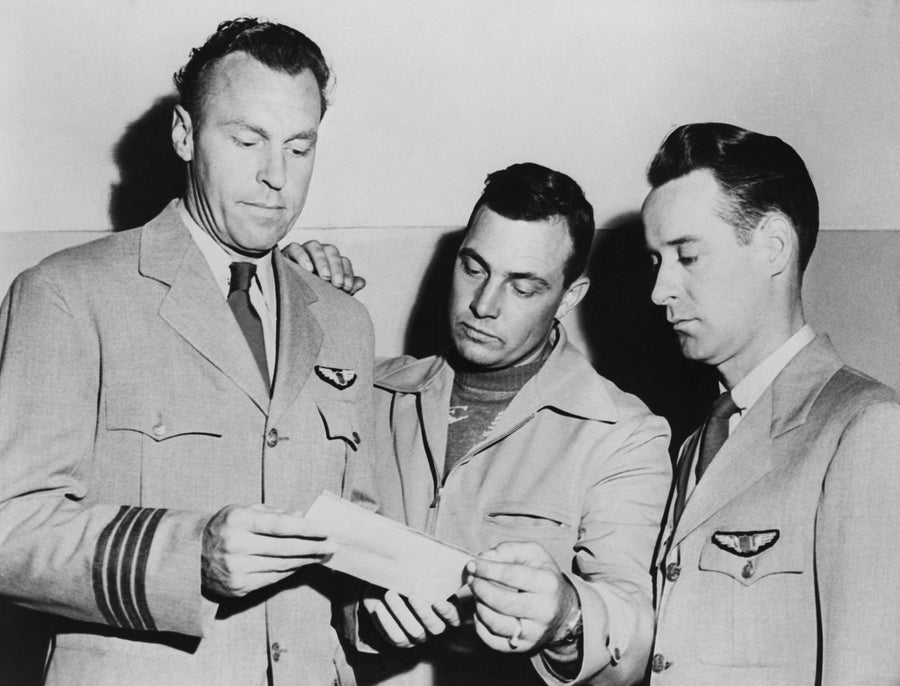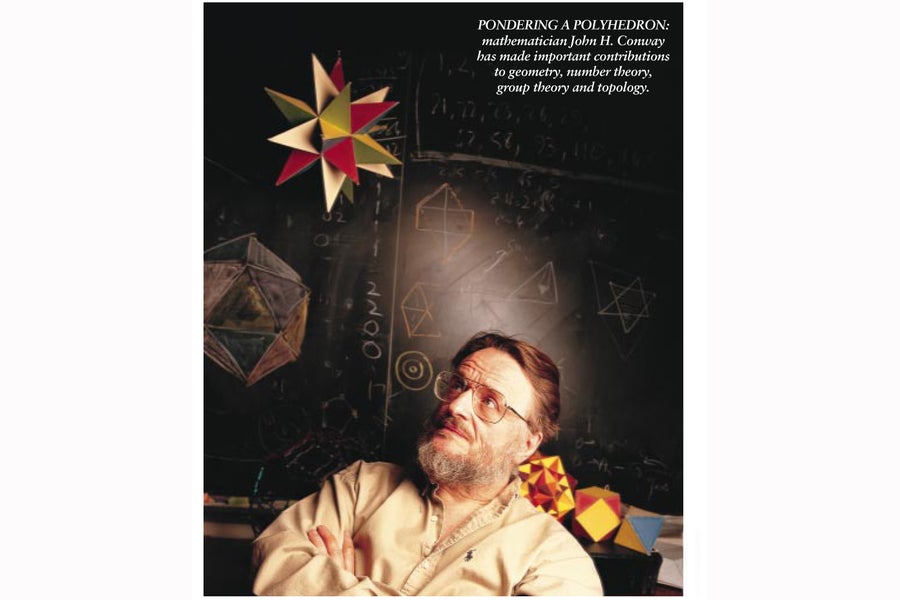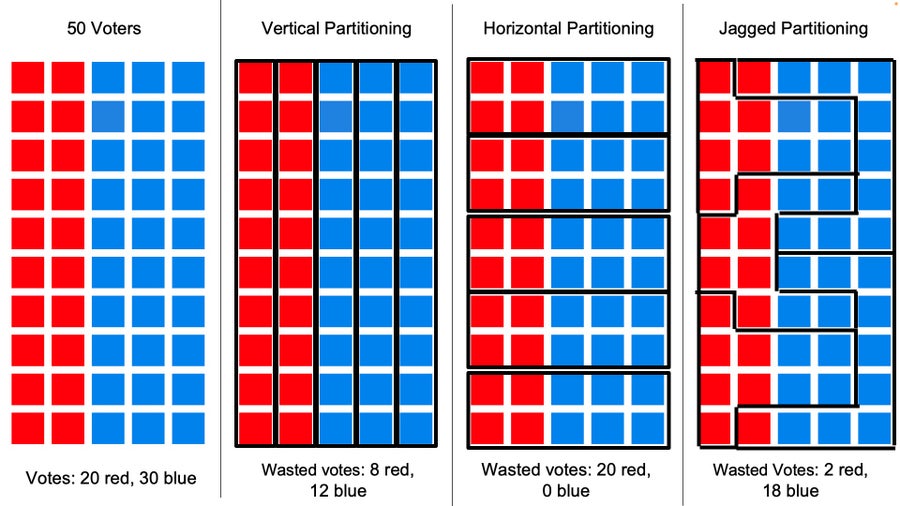
The agency launched the little four-pound chopper in July 2020, with Ingenuity hitchhiking to Mars in the belly of NASA’s Perseverance rover. The tissue box-size craft made its first-ever flight in April 2021. Launched as a month-long technology demonstration, the helicopter was built to make a mere five hops to prove that powered flight is possible on the Red Planet.




.jpg?w=900)


